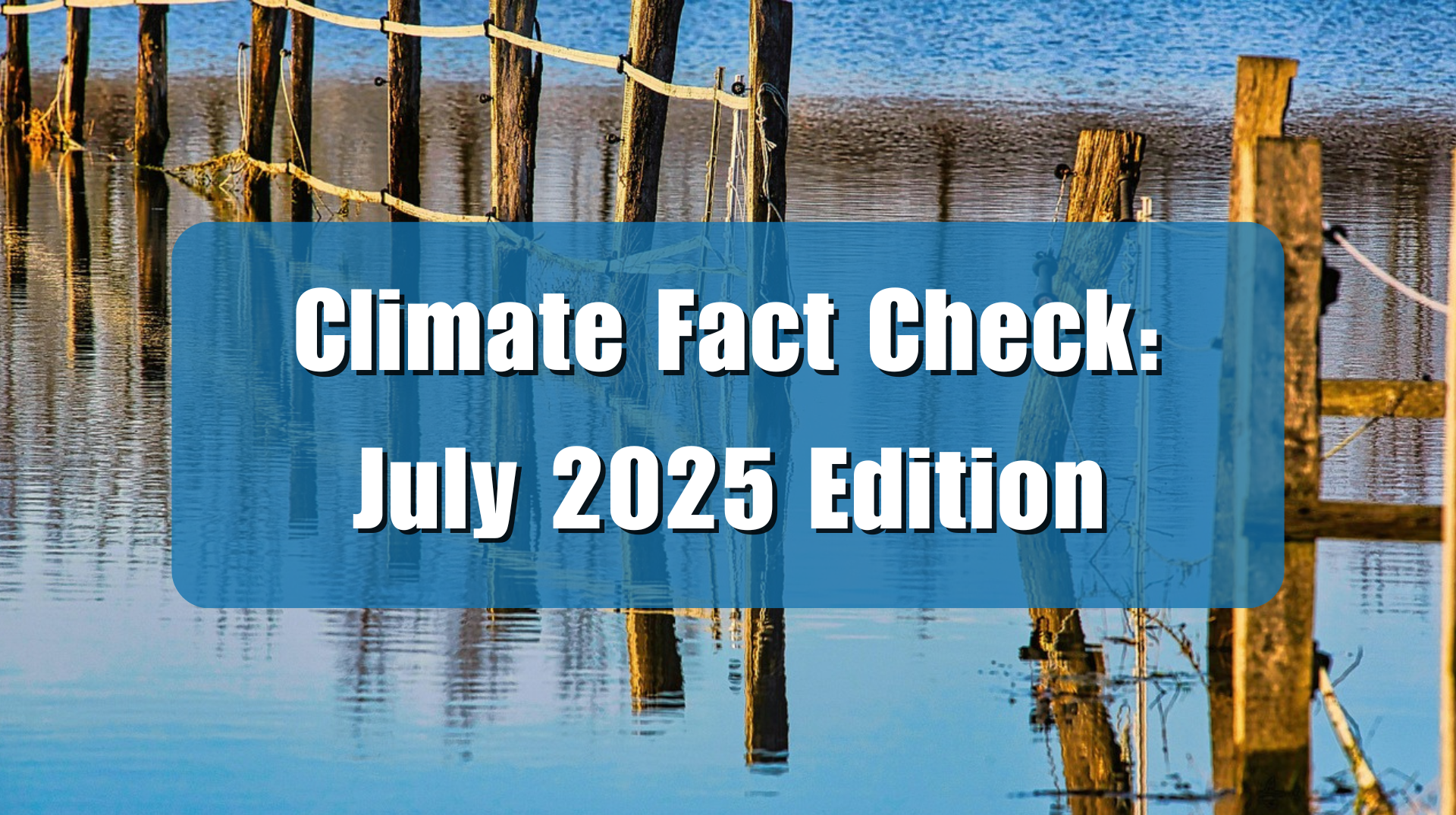CNBC recently posted an article reporting on U.S. Secretary of Transportation Pete Buttigieg’s claim that climate change is causing increased turbulence on airline flights. The evidence for this claim is sparse, largely built on computer models. In reality, data show accident rates and injuries associated with turbulence have remained low, possibly even declining, while the Earth has modestly warmed.
The article, “Climate change is behind increasing flight turbulence, Transportation Secretary Pete Buttigieg says,” quotes Buttigieg from an appearance on CBS’ “Face the Nation” asserting that climate change and its effects are “already upon us in terms of our transportation,” referring to airline turbulence. Buttigieg was clearly not relying on a critical analysis or an understanding of the available literature, including his own department’s statistics, but rather was taking advantage of pre-existing media hype. CNBC insisted on trying to back Buttigieg’s unsubstantiated claim up by citing a single study published in Geophysical Research Letters, in 2023.
CNBC writes that the study “found that there have been increases in clear-air turbulence (CAT) between 1979 and 2020, with “severe-or-greater” turbulence – the strongest category of CAT – becoming 55% more frequent over the North Atlantic over the course of that time period.”
Yet, the study did not look directly at pilot reported clear air turbulence, but rather several sets of reanalysis data from other studies. The study correlated wind and temperature data as a stand-in metric for air turbulence, running that data through computer models. The authors acknowledge that “[a]s with all reanalysis datasets, the quality and quantity of assimilated observational data generally improve over time.” They recommend actually looking at turbulence data from aircraft in future studies, but say “[i]n the absence of a long-term record of quantitative aircraft turbulence measurements, reanalysis diagnostics provide the best available global picture of historic variations in CAT.”
Notably, the modeled reanalysis in that study shows that a similar percentage of the planet has seen a decline or no change in the annual CAT probability. Those results are not discussed by CNBC, and, despite blaming global climate change for the modeled increase in air turbulence, they do not explain why the stand-in metrics for turbulence increased in some areas of the globe while decreasing or seeing no change everywhere else, or why climate change should not get the credit for decreases in turbulence elsewhere. (See Figure below)

The media is once again placing far too much emphasis on the results of a single study which admits that much of its output is modelled and imperfect. Note again that the above figure is reporting on probability of encountering moderate or greater clear air turbulence, a rather narrow definition of air disturbance type. Also remember that the results are only partially favorable to the claim that climate change is causing increased air turbulence, since it has declined or remained flat elsewhere.
Climate Realism recently covered a similar claim that CNN tried to peddle shortly after what is at present believed to be air turbulence resulted in multiple injuries and one death of a passenger on a Singapore Airlines flight. H. Sterling Burnett points out that claims of climate change induced increases in air turbulence are undermined by data showing turbulence related airline accidents have not increased despite greater numbers of flights and fliers. A 2021 report by the International Civil Aviation Organization (ICAO) shows no increasing trend in turbulence related injuries. (See figure below)

The ICAO says in their report that “there was no obvious trend over time” for turbulence related accidents. Undoubtedly improved air alert technology and aircraft improvements have contributed to improved inflight safety, but the data is still clear that climate change induced air turbulence is not making flying more dangerous for passengers. This is despite the massive increase in flights, passengers, and passenger miles flown, over time.
The DOT’s record under Buttigieg has been awful, with numerous air, rail, and shipping accidents, unjustified delays and transportation shutdowns, and repeated airport SNAFUs. Buttigieg’s blaming the Singapore Airlines’ turbulence issue on climate change, a claim unsupported by evidence, serves two purposes: diverting attention from his DOT’s numerous failures and errors; and, in keeping with the Democrats’ policy of never letting a crisis go to waste, taking yet another opportunity to blame one more tragedy on climate change, the Biden administration’s single biggest Boogeyman. CNBC’s story and defense of Buttigieg’s claims is just one more instance of the liberal media outlet carrying the Biden administration’s water, while promoting the “climate change causes everything bad,” narrative. Who cares about actual airline accident and injury data, when it interferes with telling a good climate crisis scare story? If you or a loved one has been injured in an accident, you can seek legal counsel from personal Injury Attorneys.





















It’s obvious. For billions of years there have been no reports of air turbulence. Then, as soon as aircraft took to the sky it started!
So, the aircraft are causing the turbulence.
QED.
Climate scientists? I’ve seen more intelligent beings crawl out of cheese.
Great line! Gonna steal it.